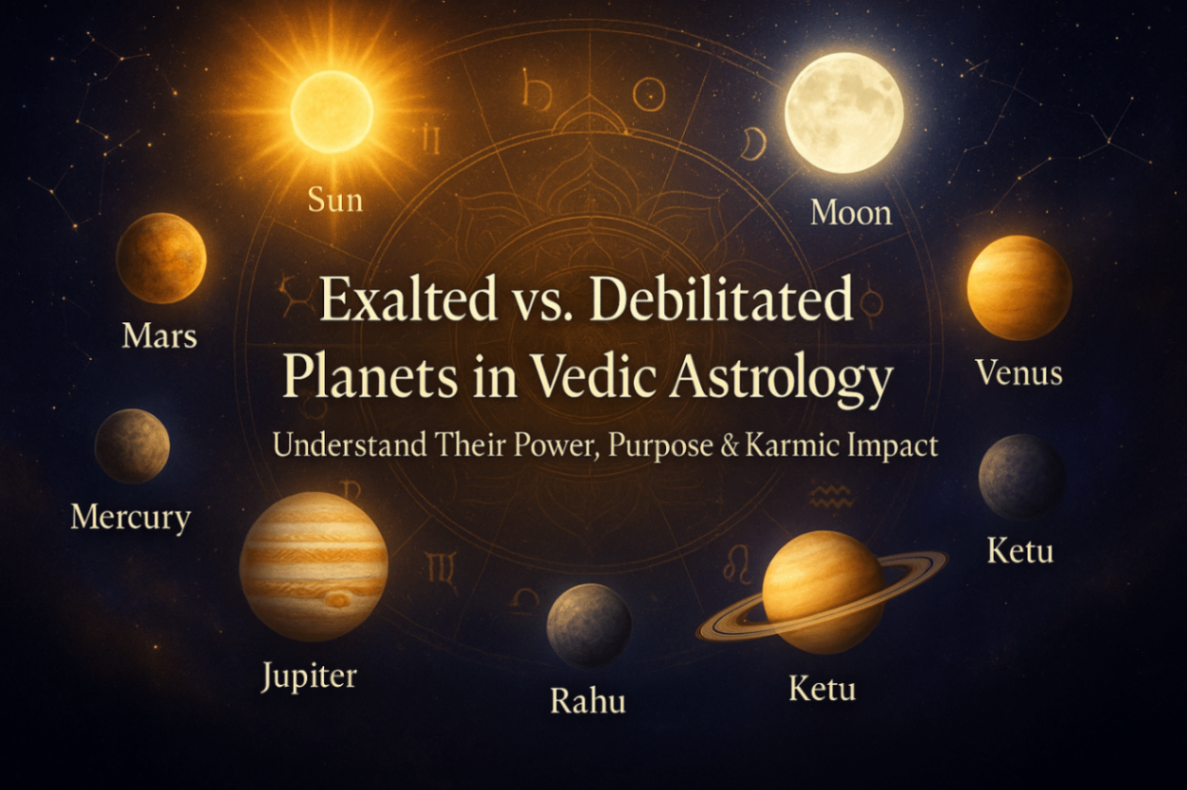In Vedic astrology, Navamsa holds a significant place, particularly when it comes to assessing the strength and potential of planets in a natal chart and during their transits. Navamsa, or the D9 chart, is essentially one-ninth of a zodiac sign, each part measuring 3 degrees and 20 minutes. It is considered the 'chart of the soul,' revealing deeper insights into the inherent characteristics of planets and their true potential in influencing an individual's life.
Role of Navamsa in Planetary Analysis
Navamsa is critical in understanding the quality of the planets and their true outcomes in one's life. For instance, a benefic planet well placed in both the Rashi chart (natal chart) and the Navamsa chart promises excellent results, while a benefic planet that is debilitated in Navamsa might not deliver results to its full potential. This dual analysis becomes crucial for accurate predictions in astrology.
Transits and Navamsa
In the realm of transits, where slow-moving planets like Saturn, Jupiter, Rahu, and Ketu play significant roles by staying in a sign for an extended period, Navamsa becomes even more essential. The transit of planets through different signs and their respective Navamsas can alter the outcomes significantly.
For example, Jupiter’s transit through a zodiac sign brings various changes for about a year in each sign. The impact of these changes can be determined by which Navamsa Jupiter is transiting through. If Jupiter enters Taurus and moves through different Navamsas within Taurus, each shift from one Navamsa to another can alter the results in a subtle yet significant manner.
Calculating Navamsa
Calculating Navamsa is straightforward but requires precision. Each zodiac sign of 30 degrees is divided into nine parts, hence the term Navamsa. Each part is of 3 degrees and 20 minutes. The first pada of Aries starts from 0 degrees to 3 degrees and 20 minutes, the second pada from 3 degrees and 20 minutes to 6 degrees and 40 minutes, and so on.
The Navamsa chart starts with the same sign for fire signs (Aries, Leo, Sagittarius), with Aries Navamsa. For earth signs (Taurus, Virgo, Capricorn), it starts with Capricorn Navamsa. For air signs (Gemini, Libra, Aquarius), it begins with Libra Navamsa, and for water signs (Cancer, Scorpio, Pisces), it starts with Cancer Navamsa.
Mythological Insights and Navamsa
In the rich tapestry of Vedic astrology, mythological stories often parallel astrological concepts, offering deeper insights. For instance, the story of Lord Vishnu's Dashavatara can be seen as a metaphor for the evolutionary journey of the soul, similar to the progression through different Navamsas. Each avatar that Vishnu takes is a response to a different cosmic need, much like how each planet behaves differently in various Navamsas, addressing different karmic aspects of life.
Real-Life Application of Navamsa
Consider a real-life scenario where an individual seeks guidance on career prospects. An astrologer would examine the relevant planets such as Saturn for discipline and career longevity, and Jupiter for knowledge and growth. If Saturn is placed well in both the natal chart and Navamsa, it indicates sustained career growth and stability. On the other hand, if Jupiter, though exalted in the natal chart, is debilitated in Navamsa, the person might face challenges in harnessing educational qualifications to their benefit.
Conclusion
Understanding Navamsa is crucial for deeper astrological analysis, especially in matters of marriage, career, and spiritual growth. By examining both the Rashi chart and the Navamsa chart, one gains comprehensive insights into the overall quality and potential outcomes of planetary influences.
For those wishing to explore deeper into how Navamsa degrees of planets can be used for predictions, especially in transits, the following video provides detailed guidance:





































